
Dear readers,
It's the summer holidays, time for the important things in life - like sailing. At last! It's high time, I think, because the summer has passed me by in a rush. So quickly that a question arose that usually only arises in late summer: "Did I get out on the water often enough this year?"
I usually suppress this question with phrases like "Don't think so negatively" or "That's not important". But this time it's different, because it accompanies a thesis that I've come across again and again recently: sailors spend a lot of time on board, but less and less time on the water; the sailing yacht is increasingly becoming a floating summerhouse.
This topic only recently came up in conversation with the petrol station attendant at a yacht filling station, whom I accompanied for a report. During the season, he has a perfect view of the fully occupied rows of jetties from his ticket office. He told me that some boats in the harbour are hardly ever moved, perhaps only for craning at the beginning and end of the season. The rest of the year he could watch the GRP weathering. More skippers also have difficulties with standard manoeuvres for cruising sailors, such as mooring and casting off, which he attributes to a lack of practice.
Sure, these are isolated cases, and don't worry, my little mid-season crisis isn't that drastic. But the conversation made me curious.
If you look for figures on whether sailors really do get out on the water less often, the results are pretty meagre. The problem is that the studies are either regionally limited or outdated. Nevertheless, they offer a certain amount of guidance.
A 2010 survey for Berlin-Brandenburg shows that boats are in use there for an average of 20.9 days a year. With a season from May to September, that is almost every weekend. The Research Association for Sport and Recreational Boating provides similar results. According to this, private pleasure craft are used between 10 and 20 days a year.
Not bad at all, I think. But what does "utilised" mean? Does it refer to the hunt for nautical miles or the regular sundowner on board? That's not clear from the surveys. The fact that the latter seems to be more popular today can be seen in the boat market.
Browsing the shipyard websites in search of the latest boat models reveals numerous sundowner atmospheres in extra-wide cockpits, padded sun decks where whole families can relax side by side, or splash about on electrically extendable bathing platforms.
In the past, when I was still leafing through old YACHT magazines as a child, the adverts looked different: crews in robust oilskins navigating through stormy waters with reefed sails. The message was clear: this boat can withstand any weather. Today, comfort and lifestyle take centre stage. This was also evident in the Boat show in Düsseldorf in Januarywhere I noticed the many voluminous, almost bulky hull shapes.
Certainly boats like the Oceanis 40.1 or Bavaria C42 true space miracles below deck. But at the beginning of the year, I asked myself the question: Do they sail well? My colleagues from the test and technology editorial team know more about this, because they have Many of the boats have already been trialled - and, in my opinion, come to some surprising conclusions. Small spoiler: they are obviously better than I expected.
But what do these impressions, data and trends mean? I asked myself: Can you really measure the value and importance of a boat by how often it is moved?
I don't think so, because the fascination of sailing goes far beyond the nautical miles recorded in the logbook. I realised that the more I looked into it. Ultimately, it's the reveries that begin to emerge during winter storage, the promise of balmy summer nights in the cockpit. It's the afternoon naps on deck and the rainy days when you find shelter under the tarpaulin with coffee and cake.
For some, the boat is a meeting place to keep in touch with friends or neighbours - whether for reasons of age or because their partner is afraid to leave the harbour. Some use the boat as a floating office or as a retreat from relatives.
And with all these things, it ultimately doesn't matter whether you are far away from your home harbour or in your own box. The demands that everyone places on their boat are highly individual - and that's a good thing.
For me, the first step on board means leaving the world beyond the railing behind me. And if there's still time for sailing, what could be better? With this in mind, enjoy the summer of sailing and treat yourself to some time out.
Fabian Boerger
YACHT editor
Recommended reading from the editorial team

Gift idea
Voucher for YACHT Premium as a last-minute present

A gift voucher for YACHT Premium is an excellent last-minute gift for all sailing and water sports enthusiasts for Christmas!
Record from space
Monster wave of 19.7 metres measured by satellite
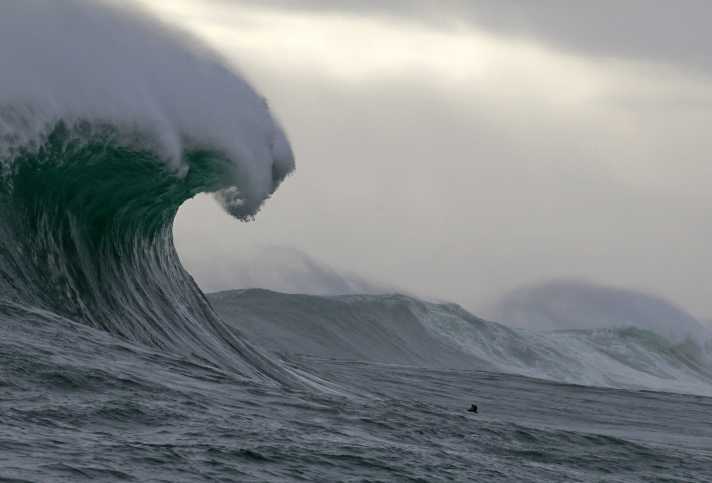
A new satellite system makes it easier to recognise monster waves. A recently published study shows how storm waves can cross oceans and endanger even distant coasts. The more accurate detection could also improve routing programmes.
YACHT readers' trip
On the "Sea Cloud II" 900 nautical miles through the Caribbean
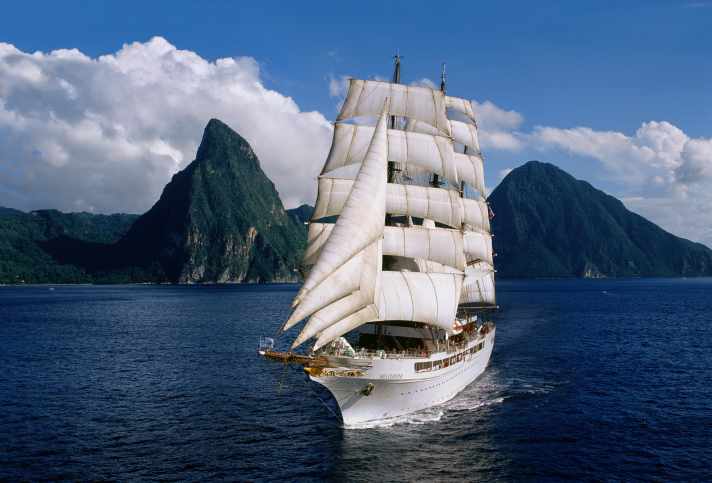
The multifaceted YACHT readers' trip through the Caribbean dream destination starts on 6 March and takes us through one of the most beautiful sailing areas in the world in ten days.
Shipyard portrait
Pure Yachts produces in small series with big goals

The Pure Yachts shipyard, newly founded in Kiel, focuses on long-distance performance yachts made of aluminium. It can already boast its first successes.
Baltic Sea
Fehmarn Sound Bridge - Reduced clearance height
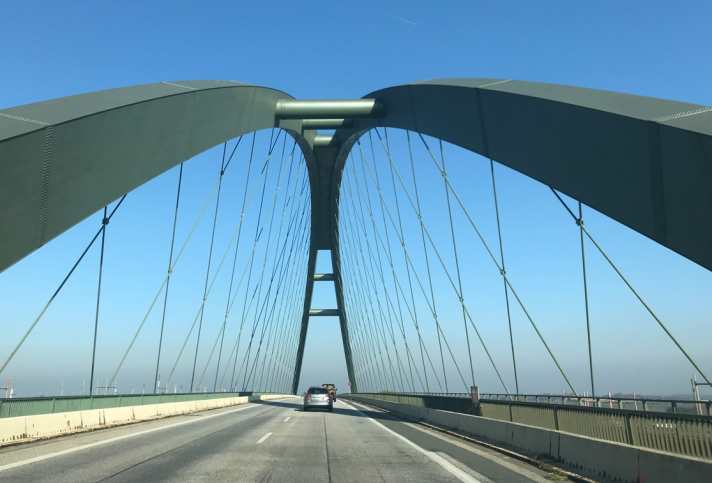
Watch out for the mast stop! The clearance height of the Fehmarnsund Bridge has been reduced until summer 2026. Due to construction work, only 20 metres are available instead of the usual 23 metres.
M.A.T. 11
The Orient-Express is set to become the new ORC pick-up

Hot racer from the Orient. The M.A.T. 11 is set to create new excitement in the ORC scene. The design comes from Matteo Polli.
Shadows in paradise
Brutal attack on expedition boat in Papua New Guinea

The first motorless circumnavigation of Antarctica by sailing boat was abruptly interrupted by a brutal robbery in Papua New Guinea. The expedition ship "Zhai Mo 1" was badly damaged and looted, putting the voyage of the Chinese sailor Zhai Mo on ice for the time being.
Dispute over measurement
ORC and X-Yachts agree on cooperation - joint statement
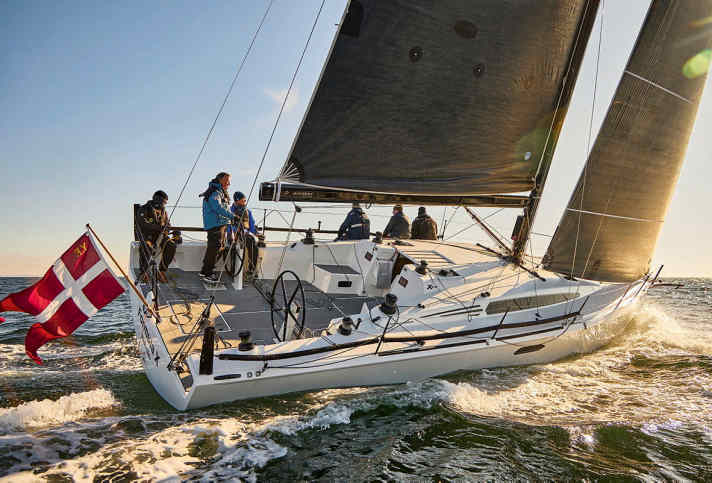
Due to the debate surrounding the XR 41, the Offshore Racing Council (ORC) is reviewing its algorithm for calculating race values.
Hallberg-Rassy 370
Sailing and living at the highest level in the YACHT test
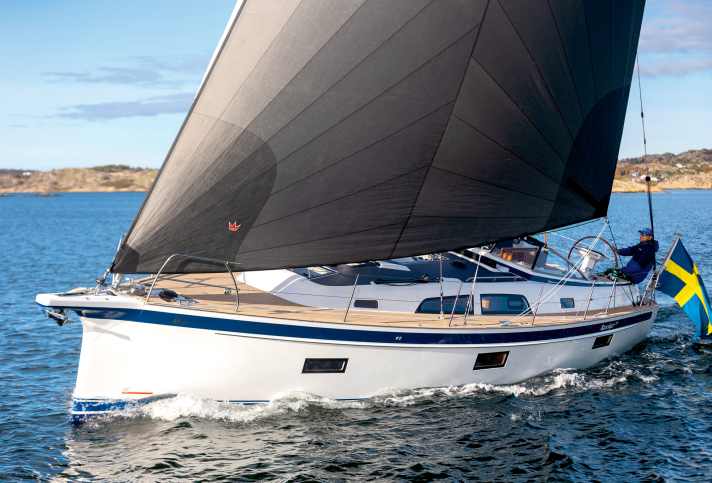
With the Hallberg-Rassy 370, the Swedes present a cruising yacht that leaves almost nothing to be desired. We have tested the first model.
Globe40
On course for La Réunion - concerns about the mast remain
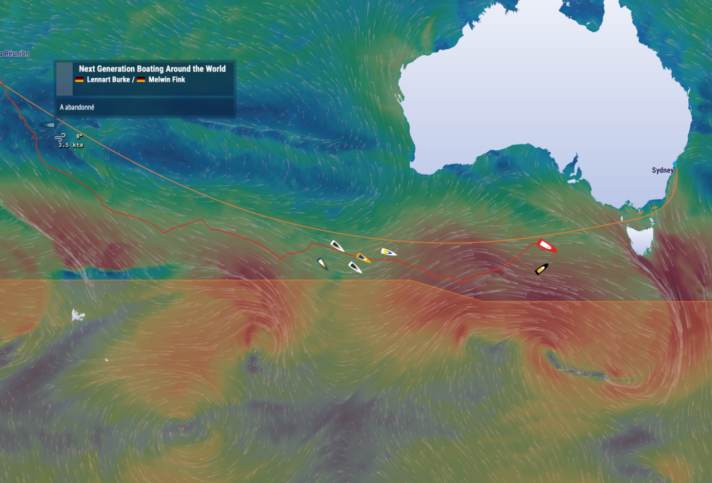
Lennart Burke and Melwin Fink are on their way back to La Réunion in the Globe40. While the competition is aiming for Sydney, the GER duo are fighting on all fronts.
Newsletter: YACHT-Woche
Der Yacht Newsletter fasst die wichtigsten Themen der Woche zusammen, alle Top-Themen kompakt und direkt in deiner Mail-Box. Einfach anmelden:

